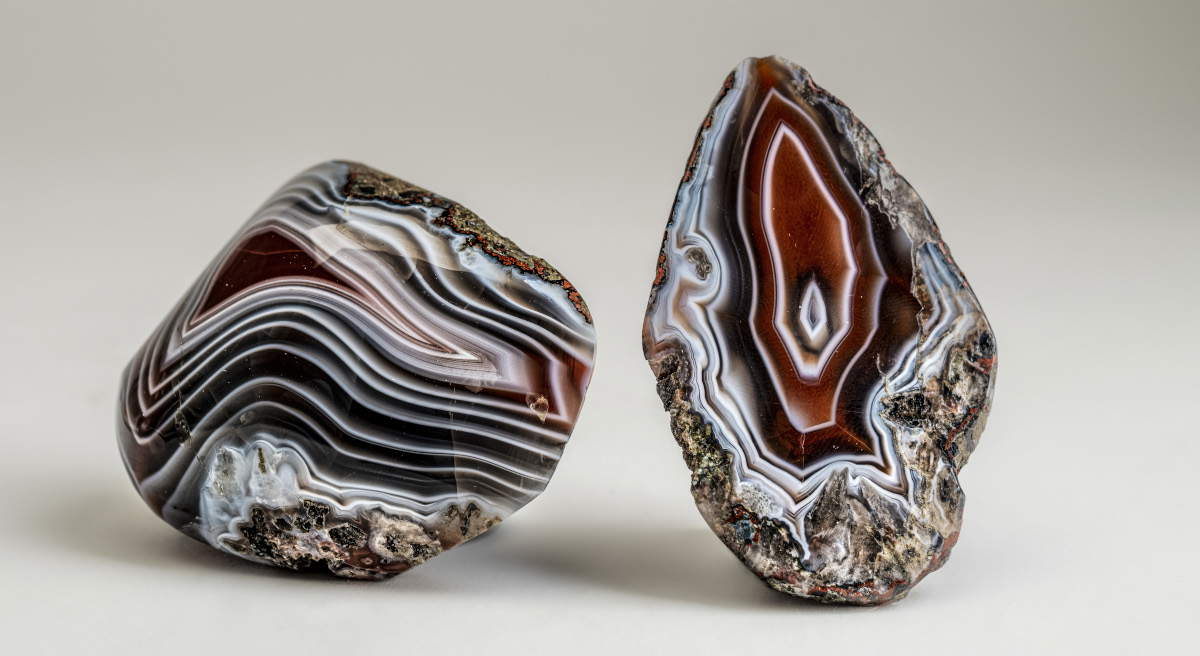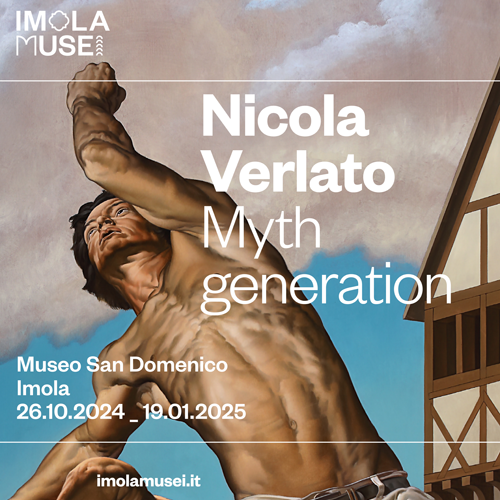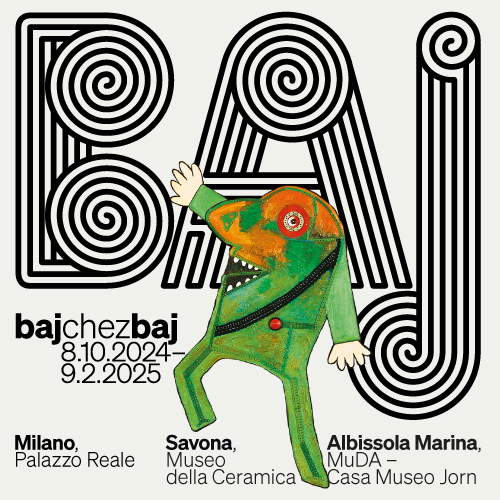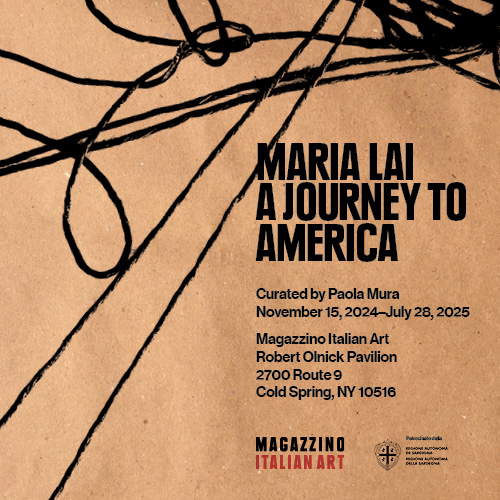At MUSE, geology is digital. Online the museum's mineralogical and petrographic holdings.
Thanks to GEOdi, a project of the MUSE Museum of Science in Trento, co-financed by the Ministry of Culture’s “Fund for Culture,” the records of 11,500 artifacts, part of the geological and mineralogical heritage of MUSE and the territorial headquarters of the Geological Museum of the Dolomites in Predazzo, have been digitized and made available online.
The objective of the project, which lasted a total of sixteen months, is to stimulate knowledge and interest in the world of mineralogy and petrography in its various aspects of geodiversity, providing interpretative tools and enhancing the geo-mineralogical heritage of the territory. Now the geo-localized data will also be transferred to the European portal GeoCASe.eu, which collects 1,700,000 mineral, rock and fossil records from 212 different countries and belonging to the Earth Science collections of major European museums.
“Thanks to this project,” explained curator of collections for MUSE Maria Chiara Deflorian, “we had the opportunity to take a decisive step forward in the digitization of MUSE collections. In the international scenario, this process has now assumed a pivotal role in the management of scientific collections. Transformed into ’Digital extended specimens,’ the specimens preserved in museums can be enjoyed by researchers around the world, as well as by enthusiasts and the curious, becoming truly public heritage. The digital catalog developed over the course of the project is inspired by the FAIR principles that guide the sharing of research data, so that they are Findable / Trackable, Accessible / Accessible, Interoperable / Interoperable, and Re-usable / Re-usable. In addition, we wanted to introduce the collections and convey geology content in an engaging and immersive way, with the creation of a virtual reality experience and podcasts dedicated, above all, to children.”
“In recent decades, the key role of natural history collections in interpreting ecosystem and social transformation processes has gained universal recognition. In museums we preserve the past and discuss the present to address the future,” added MUSE research director Massimo Bernardi. “Digitization of collections is one of the most powerful tools to make the artifacts stored in museum repositories accessible so that they can be used to generate new knowledge and enjoyed by all and sundry. In line with our mission, we proposed to the Ministry of Culture this project that brings value to geology, collections and territory: stories of rocks and human histories intertwined to shape landscapes and cultures. We are pleased that the Ministry has decided to support this project, which recognizes the fundamental importance of museums as places of conservation, research and enjoyment of natural and cultural heritage.”
With GEOdi, MUSE’s mineralogical and petrographic holdings, consisting of 10,000 mineral and rock samples collected from the late 18th century to the present, have been fully cataloged and digitized. Reordering, labeling, and inventorying involved more than 2,000 specimens not yet included in the collections, which were then cataloged using software and georeferenced. In addition, 8,000 cards already in place were reviewed and then completed by georeferencing. More than 16,000 shots were taken to photographically document all specimens. In addition to the 10,000 artifacts in the MUSE, there are also 1,500 mineral and rock samples, assets of the Geological Museum of the Dolomites in Predazzo. For these samples, which had already been documented and catalogued in previous decades thanks to the museum’s research and conservation activities, the collection location was georeferenced.
The collections involved in the project were the General Mineralogical Collection, which includes 6,200 samples mainly from our region and collected since the late 18th century; the Mines Collection, which includes a significant sampling of mineralization (730 samples) related to research work carried out in more than 70 mines and deposits located in Trentino-Alto Adige and other areas in northern Italy; the General Petrographic Collection, with 1.500 samples from all over Trentino (mostly from the research of geologist Giovanni Battista Trener to which numerous samples representative of Trentino’s lithological diversity were later added); the Augusto Sourdeau Petrographic Collection, a valuable collection of historical, scientific and aesthetic value, consisting of 1.500 polished samples of rocks from the former Austro-Hungarian Empire, assembled by Baron Augusto Sourdeau and given to the Museum in 1925; the Mineralogical Collection and the Petrographic Collection of the Geological Museum of the Dolomites, which bring together 1,500 samples mainly from the surrounding Dolomite territories and fully describe their geological richness and variety; they were assembled thanks to the research activity conducted by the Museum since the 1970s and to numerous donations from collectors and enthusiasts.
The digital catalog that can be consulted online includes the possibility of browsing the entire catalog or by collection and provides free searching, advanced searching and the possibility of sorting the data according to different criteria. The digital catalog of the collections of the Geological Museum of the Dolomites in Predazzo will also be available in January. In the digital catalog, GEOdi’ s collections will be added to those pertaining to the other scientific disciplines related to MUSE. For the geo-mineralogical collections, the publication process can be said to be complete and paves the way for future enrichment of the catalog for zoology, botany, paleontology, and archaeology.
The creation of a virtual reality experience also allowed the museum to present the preserved heritage in a new key, with an immersive journey to discover the geology of Trentino. Wearing a 3D visor, visitors can choose from three thematic paths (Dolomites, History and Research, Georisorse) with which to explore a selection of minerals and rocks from Trentino. Accompanied throughout the experience by a virtual geologist, they can learn about the characteristics of the samples, their environments of formation, their use, and many other curiosities between geology, history, and science. Among the possibilities offered by the 3D tour is also the chance to visit places that are not always accessible, such as the Vignola mine in Valsugana, the Darzo mines or the Calisio canopies. The duration of the experience is about 15 minutes.
 |
| At MUSE, geology is digital. Online the museum's mineralogical and petrographic holdings. |
Warning: the translation into English of the original Italian article was created using automatic tools. We undertake to review all articles, but we do not guarantee the total absence of inaccuracies in the translation due to the program. You can find the original by clicking on the ITA button. If you find any mistake,please contact us.





























